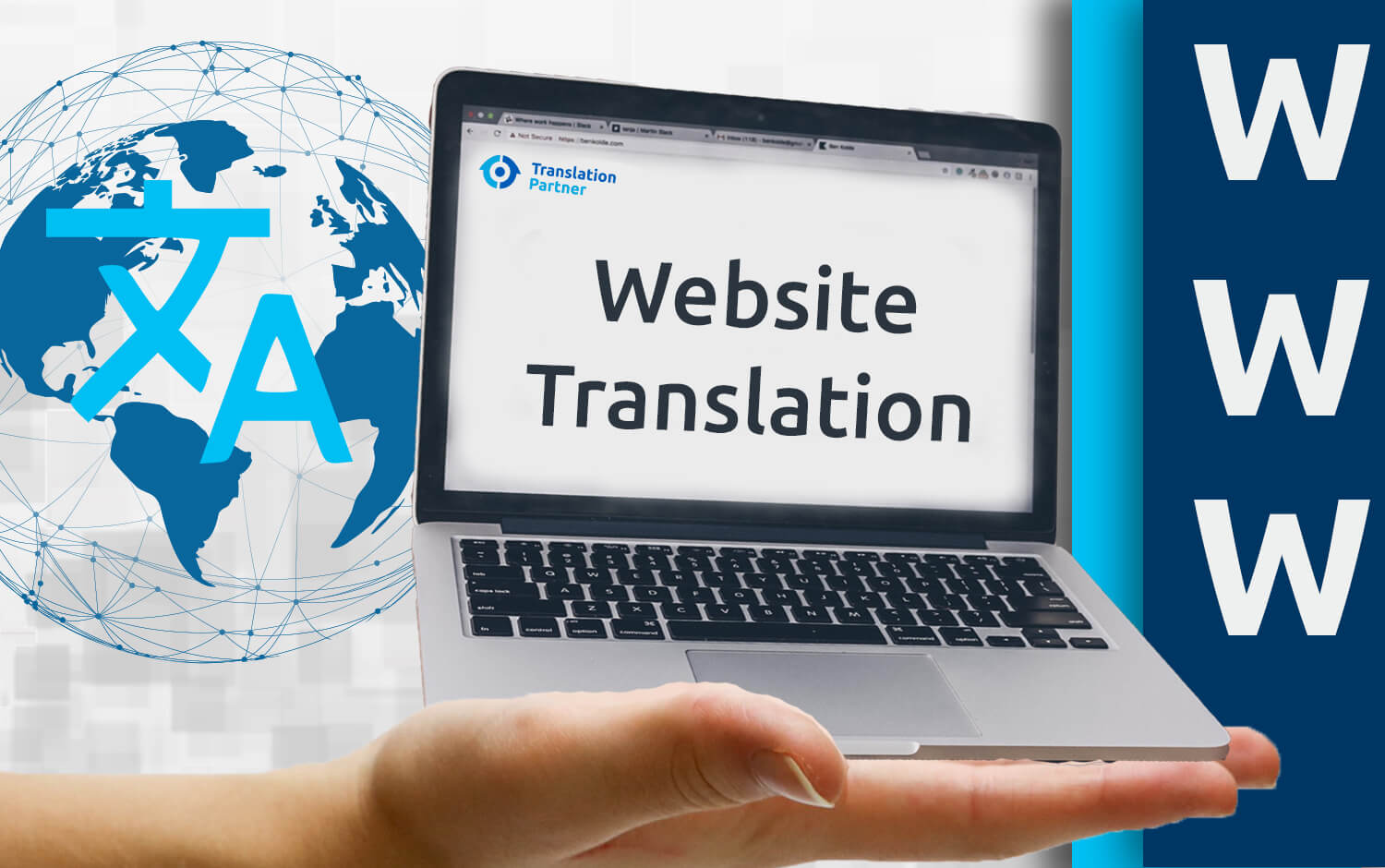In today’s globalized world, having a multilingual website is essential for businesses looking to expand their reach and connect with a global audience. Website translation allows you to effectively communicate with users who speak different languages, increasing your chances of attracting and retaining international customers.
One of the primary benefits of website translation is the ability to tap into new markets. By translating your website content, you can target specific regions or countries where your products or services are in demand. This not only helps you increase your customer base but also allows you to establish a strong presence in international markets.
Moreover, website translation enhances user experience. When users visit a website that is available in their native language, they feel more comfortable navigating through the pages and are more likely to engage with the content. This can lead to higher conversion rates and increased customer satisfaction.
To make the most out of website translation, it is crucial to use localization tools that streamline the translation process and ensure accuracy and consistency.
Using localization tools for website translation
Localization tools play a vital role in simplifying the website translation process, making it more efficient and cost-effective. These tools help automate various aspects of translation, such as content extraction, translation management, and quality assurance.
One popular localization tool is a content management system (CMS) with built-in translation capabilities. With a CMS, you can easily manage and update your website content while ensuring that the translations are synchronized across all language versions. This eliminates the need for manual intervention and reduces the risk of errors or inconsistencies.
Another useful localization tool is a translation memory system. This tool stores previously translated phrases and sentences, allowing translators to reuse them when translating new content. By leveraging translation memory, you can significantly speed up the translation process and maintain consistency across your website.
Furthermore, using a terminology management tool can ensure consistent terminology usage throughout your website. This tool helps maintain a centralized glossary of terms, ensuring that translators adhere to your brand’s specific terminology and style guidelines.
By utilizing localization tools, you can streamline the website translation process and ensure high-quality translations that resonate with your target audience.
How to plan and organize your website translation project
Planning and organizing your website translation project is crucial for its success. Here are some steps to help you effectively manage the translation process:
1. Identify target languages:
Determine which languages you want to translate your website into based on market research and customer demand.
2. Content analysis:
Conduct a comprehensive analysis of your website content to identify pages that require translation. Prioritize pages based on importance and relevance to your target audience.
3. Prepare the source content:
Ensure that your source content is well-structured, free from grammatical errors, and easy to understand. This will help translators accurately interpret and translate the content.
4. Select a translation method:
Choose between manual translation by professional translators or machine translation with post-editing by human linguists. Consider factors such as budget, time constraints, and the level of accuracy required.
By following these steps, you can effectively plan and organize your website translation project, ensuring a smooth and efficient process from start to finish.
Common mistakes to avoid in website translation
While website translation offers numerous benefits, there are common mistakes that should be avoided to ensure the success of your localization efforts. Here are some pitfalls to watch out for:
1. Neglecting cultural nuances:
Translating content word-for-word without considering cultural nuances can lead to misunderstandings or offensive interpretations. It is essential to work with translators who are familiar with the target culture and can adapt the content accordingly.
2. Ignoring SEO optimization:
Translating your website without considering search engine optimization (SEO) can hinder your visibility in international search results. It is crucial to optimize your translated content with relevant keywords and meta tags to improve your ranking and organic traffic.
3. Lack of context:
Providing translators with insufficient context can result in inaccurate translations. Make sure to provide background information, style guidelines, and reference materials to help translators fully understand the intent and tone of your content.
4. Overlooking website design:
Translated content may require adjustments to fit the design and layout of your website. Ensure that your website design is adaptable to different languages and that the translated content maintains a visually appealing and user-friendly interface.
Avoiding these common mistakes will contribute to the success of your website translation project, enabling you to effectively engage with your international audience.
Conclusion
Website translation is a vital aspect of expanding your business globally and connecting with an international audience. By utilizing localization tools, planning and organizing your translation project, and avoiding common mistakes, you can streamline the website translation process and achieve accurate, consistent, and user-friendly translations.
Investing in professional website translation not only helps you tap into new markets and increase your customer base but also enhances the overall user experience. So, take the necessary steps to make your website accessible to users worldwide, and watch your business thrive in the global marketplace.

